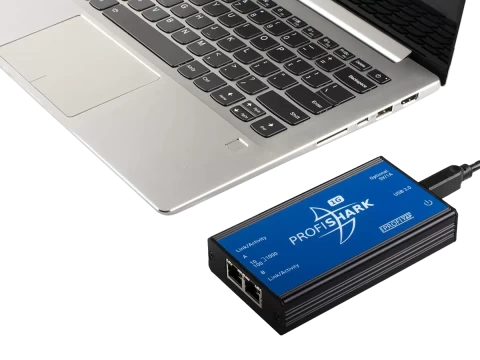-
Call Us:1.800.561.4019
Newsletter
For a Free Quote...
Latest Blog Posts
Blog Categories
Telnet Network News
Cloud Blind Spots and What to Do About Them
By Keith Bromley : Sr. Manager, Product Marketing - Keysight
Most people inherently know that blind spots are bad.
If for no other reason than from having driven a car and not being able to see other cars in their side or rear-view mirrors.The same is true for IT networks.
Blind spots exist in the physical data center and in a virtualized cloud environment. This means there is most probably something happening in your network that you are not seeing. Obviously, this is something you want to avoid as nothing good happens in a blind spot.
Here's a data point for you. A recent Enterprise Management Associates survey (Network Visibility Architecture for the Hybrid, Multi-Cloud Enterprise) found that 46% of IT professionals admitted that their migration to a cloud-based network created blind spots. Furthermore, the number of blind spots increased directly with the increase in the number of cloud networks deployed, i.e. two, three, or more.
Let's dive into this a little further.
What Are Blind Spots?
I've talked about blind spots in the past, but I'll reiterate it here again. Blind spots are places where IT engineers and operations personnel are unable to collect monitoring data for performance and security analysis. This is bad. If you can't see a problem — how do you know it exists or even WHAT it is? Then, as I am sure you already know, it's much easier to fix a problem that you CAN see.
So where do blind spots come from? Here are just a few common sources for them:
- Silo IT – IT and business organizations deploying independent solutions; particularly in cloud networks
- Use of virtualization technology – Lack of visibility into East / West traffic
- SPAN port overloading – For physical on-premises / hybrid cloud deployments
- Mergers and acquisitions – The blending of disparate equipment and systems which results in the loss of data or no data collected at all in certain areas
- Rogue IT – Users adding their own equipment and networks
- Network complexity – Either due to network design or technology choices
How Do You Avoid Blind Spots?
So, now that we know what blind spots are and where they come from, how do you avoid them? The key is preparation and planning. While some teams (like business units) may want to leap into a cloud solution to spin up new applications as fast possible to take advantage of time to market considerations, other teams that are going to have to support and maintain those services usually get left holding the bag as far as "Day 2" operations go.
Here are some potential problems to look out for:
- Security concerns
- Performance issues
- Single vendor lock in
- Complexity due to use of a multi-cloud architecture
- The actual cost may be much higher than you were quoted
Planning is what will save you here. For instance, maybe you don't need to move everything to the cloud. Maybe some applications and services should remain in your on-premises data center? You may very well find that a hybrid scenario using both physical on-premises AND a public cloud network is the right choice to optimize both cost and functionality.
Next, make sure that you integrate solutions into your architecture that give you visibility into both on-premises and cloud networks. This allows you to integrate solutions for on-premises networks, single and multi-public cloud networks, and private cloud networks. With this integration, you get packet level visibility that enables you to accurately address performance, security, compliance, and cost controls in the best possible way.
More Information on Hybrid Cloud Visibility
If you want more information on the five topics above, read this whitepaper. If you have any questions, feel free to contact us.
When you subscribe to the blog, we will send you an e-mail when there are new updates on the site so you wouldn't miss them.






Comments